Consumers expect it their way. In the era of Facebook stalking and self-aggrandizement, consumers view products as another form of expressing their uniqueness. Below are three trends that have contributed to the mass customization movement.
1. Every Customer Is Their Own Market
Since the late '80s many consumers have desired products that meet their exact needs. No longer does "one size fit all." Customers expect it their way and are willing to pay for it. Author Joseph Pine II, states that "every customer is his own market."
In 1918 half of all the cars in the United States were Models T's; most of which were painted black thanks to Henry Ford's belief that "any customer can have a car painted any color that he wants so long as it is black." Now, there are over a million variations of automobiles available to the U.S. consumer. As the printing press has been disrupted by low-cost models, manufacturing will be disrupted by low-cost models which include customer-design at every step of the product development cycle.
The heterogeneity of consumer needs has expanded and offers brands a tremendous opportunity. Frank Piller, one of the leading academic researchers asserts that mass customization is "profiting from exploiting heterogeneity across customers' needs."
Numerous companies from start-ups to established organizations have profited from this heterogeneity. Upstarts such as Zazzle (est. $135MM/year revenue), and Cafepress ($175MM/year revenue) provide platforms for customers to customize everyday products. Direct to consumer brands such as Gemvara (est $10MM/year) and MyMMS.com ($12MM/year) allow customers to customize their products. Established brands have also profited including NikeiD driving more than $100MM in revenue and Shutterfly's estimated $230MM in customization revenue.
Coca-Cola also believes in the trend and recently invested $100 million into Freestyle, vending machines that allow consumers to personalize their drink.
2. Consumers Are More Expressive
Some call is self-expression. Others call it narcissism. Whatever you call it, it's becoming easier to do. Individuals have long expressed themselves through various forms of media such as the clothing they wear, the car they drive, and the food they eat. Recently, social media services such as Twitter, Facebook, Pinterest and Foodspotting have made it easier to for people to effortlessly express themselves to their friends. David Brooks from the New York Times claims that over the past 50 years America has moved from a culture of self-effacement to a culture of self-expression.
I believe self-expression through user generated content (UGC) is quickly moving to self expression through user generated products (UGP). Just as UGC has disrupted the publishing and media industries, UGP will be disruptive as well. At the start of the 20th century there were only a handful of major newspaper publishers in the U.S. Last year, Forrester reported that over 30 million U.S. citizens have a blog online. Publishing has been democratized over the past 2 decades as digital tools has given every consumer the ability to voice their opinion and build a following.
For UGP, this consumer-driven movement has already started in product categories such as apparel, footwear, and accessories. While 3D printing is in its infancy, it has the potential to fuel at-home customization and instant gratification. Just as Bill Gates wanted a computer in every home, the vision of many entrepreneurs in the 3D printer industry is similar and equally revolutionary.
3. Customization Is the New Loyalty
Every brand wants a loyalty program. These programs increase consumer spending, retention and lifetime customer value. The problem with most loyalty programs is that they force the customer to make decisions that are non-utility maximizing (well, at least for the consumer). For example, customers fly across the country at the end of December to reach the next level of airlines loyalty. Or customers will buy more of a product, which will ultimately end up in their pantry or basement to earn more points. Ultimately, these programs are not utility maximizing for the consumer.
What customers are seeking now is customization. Products made to order. A meal cooked just for you, a Starbucks drink made just they way they like it, or the perfect fitting pair or jeans or dress shirt that fits your body type. Customers that customize a product are more likely to be brand advocates and I assert that net promoter score is significantly higher. Customizers are also more likely to be repeat purchasers, completing the loyalty loop.